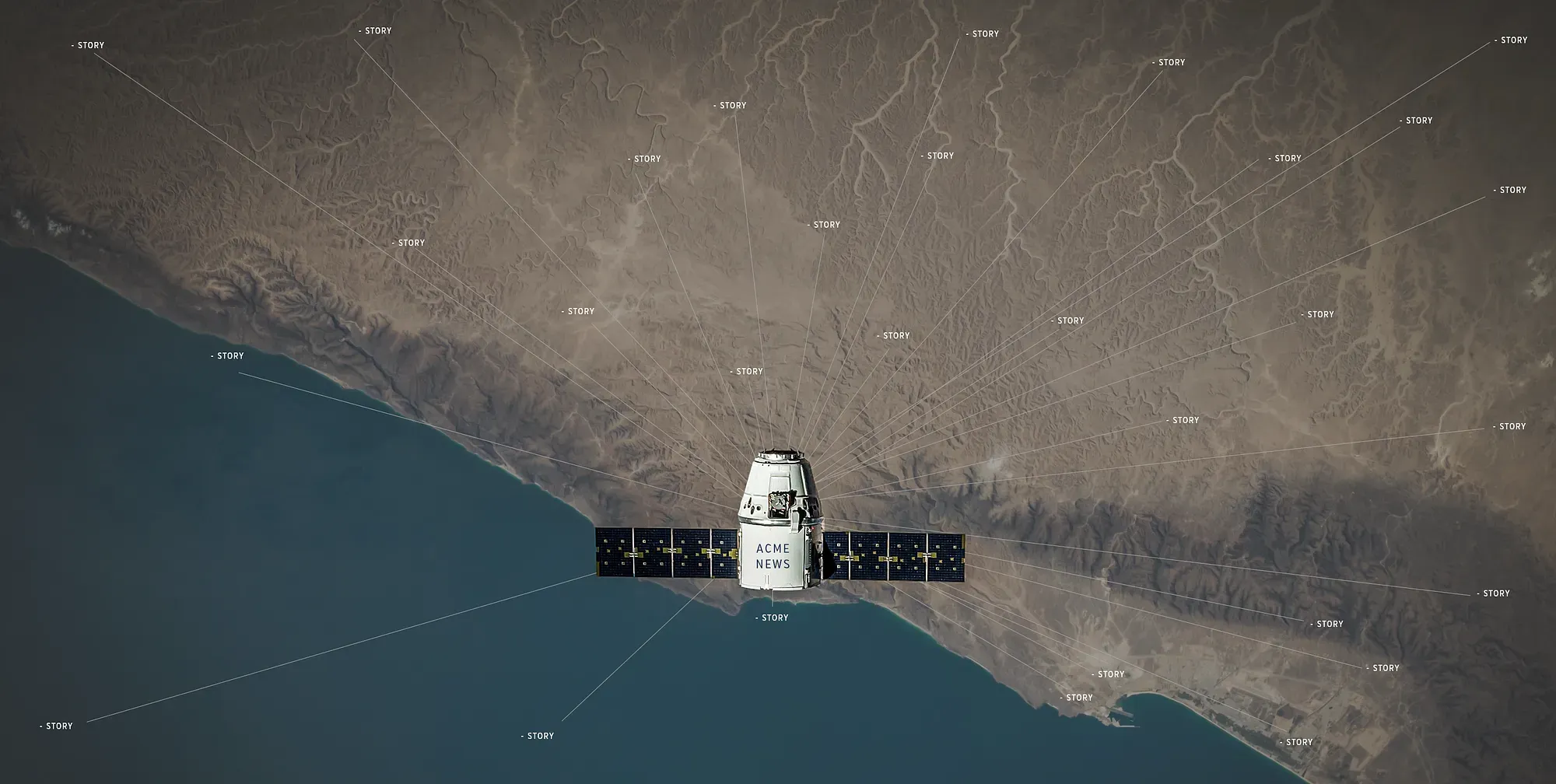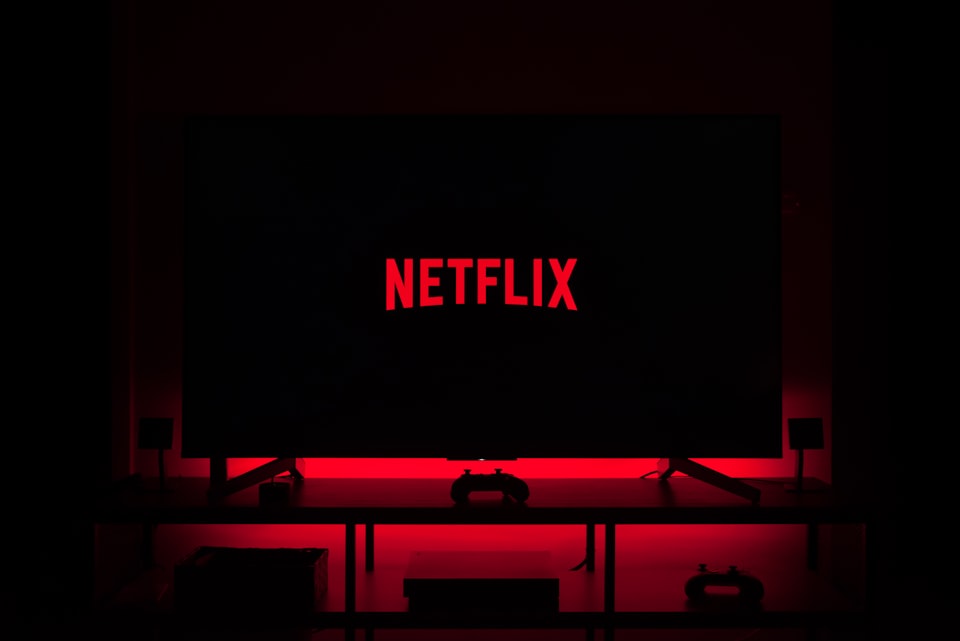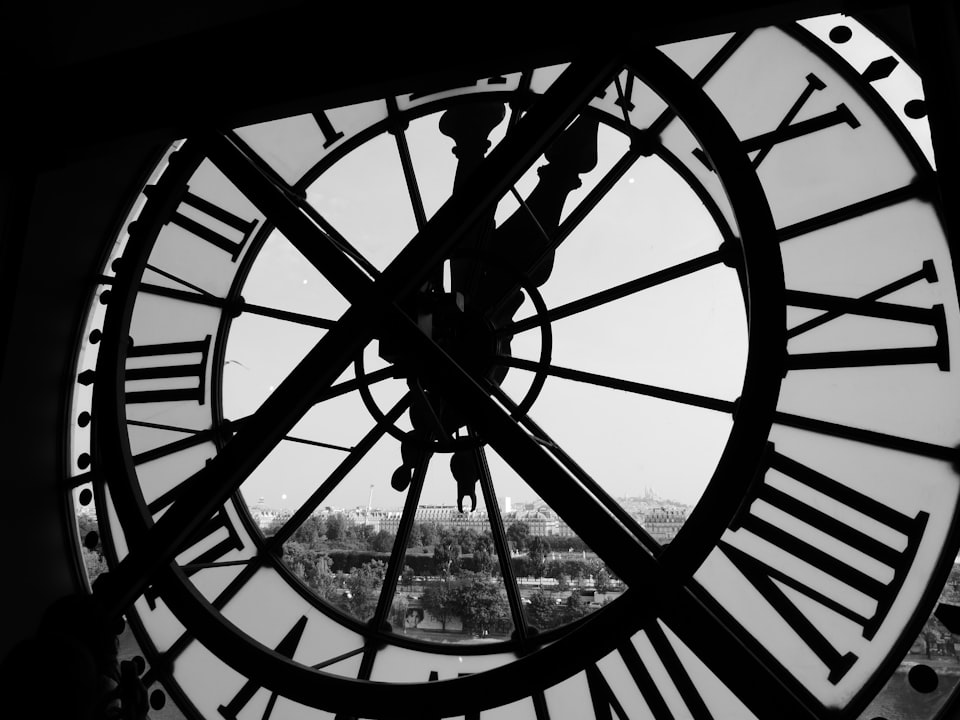How can collaboration help build trust in journalism?

This post was originally published on Medium on Oct. 2, 2017.
Trust is an important word lately. It feels like a bit of an endangered thing. Do people trust societal institutions? The government? Newsrooms? Social media? Each other?
There is research saying they don’t. Except the specific circumstances when they do.
And in middle of all the trust issues, there’s the question of misinformation, bias, false equivalence and fake news.
Last week, ONA SF held a discussion panel on trust in media and brought together Bay Area journalists to share ideas and observations about the issue. (You can watch a video of the event here: https://twitter.com/onabayarea/status/912863235761610753)
It has me thinking about the patterns in trust that we can make use of in journalism. People trust what they know. People trust people in their community more than in a different community. People trust people more after talking to them in person than if they are an anonymous distant voice. People tend to trust their own politicians while distrusting Government. People tend to trust their local media organization while distrusting The Media.
There is an opportunity for collaborative partnerships to play a role in media trust.
Here’s what I’ve seen so far in this space and a few other things I’m curious about when it comes to how collaboration could help create and strengthen trust in media.

Partners over Parachutes
Every time a metro newsroom or national news organizations sends a reporter to a small town or rural area for a few days or a few weeks, every single person that reporter talks to knows exactly what’s going on. Ask anyone who lived in Appalachia during the election.
Partnerships with local newsrooms and freelancers mean that the reporter asking questions has a deeper grasp of the context of the community. The person they’re interviewing knows that the journalist isn’t in town just there for the story, only to leave when it’s over.
- How can we make it easier for more projects like Documenting Hate and the Economic Hardship Reporting Project to exist? Both projects prioritize local coverage of the topics at hand.
- What can we do to make it easier for local journalists and newsrooms to amplify relevant stories with the help of larger or well-resourced organizations?
- How can we better connect newsrooms with local voices rather than relying on “who you know” networks that are hard to access?

Connecting with Community Spaces
As journalism finds a more flexible relationship with the formats we use to deliver news and explore things like events and live conversations, there are more opportunities to work with community institutions.
- What does it look like when newsrooms partner with libraries to host news-oriented events?
- How can newsrooms make reporters available to local schools for conversations around education-relevant events that happen in the community?
- What opportunities are there to engage with the places and events that people trust and be a helpful and supportive part of those efforts?
- What does it look like when journalism partners with the arts community to tell stories in new ways?
- How can we make ourselves available to our community beyond the publishing process?
Levels of Accountability
Networking works when someone introduces a person they believe in professionally to new people and contacts within an industry. Those contacts trust that the person making the introduction thinks there is a good reason for them to talk with this new person. They talk to the new person because they believe they will get some value from meeting this person.
- What does networking look like translated into news?
- Is there an opportunity to use collaborative projects to introduce audiences to more news organizations that they can trust by association?
- If a trusted newsroom participates in a collaborative project, does their participation signal to their audience that the partners in that project are trustworthy too?
- How can we make collaborative journalism transparent in a way that communicates the levels of accountability created by collaboration? It’s not just one newsroom working on a story; but rather a story that’s been through a process that involves a broader, likely more diverse, group of people making factual and judgement errors less likely.
Journalists as Facilitators
Honest conversations about the things we disagree with can be powerful opportunities to build trust between communities. It’s also an opportunity to put news organizations in the roles of empowering facilitators making those conversations possible and removing their perceived bias from the equation.
- What does it look like to build on the ideas of organizations like Spaceship Media or projects like The Lily’s Talk Different to Me?
- What would it look like for newsrooms to have counterparts in other places that help build bridges of communications between those communities through regular events or features?
Note on republished posts: In an effort to consolidate and preserve my online work, I'm re-publishing my own writing on this site. Posts will stay live and archived on their original sites for the sake of preserving links (for as long as those sites are still live). Content produced for other publications will remain unique to those publications, but I will include links on my work page.



